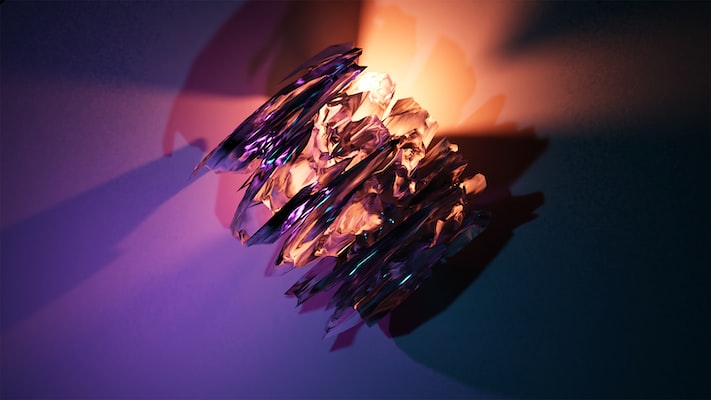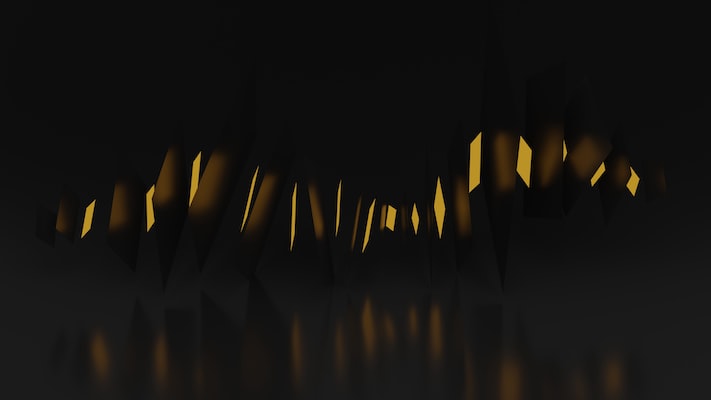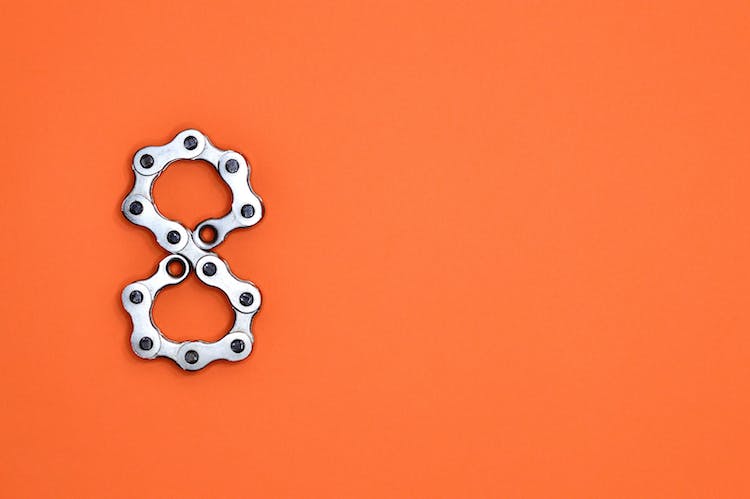Laser cutting light is an exciting new technology that has the potential to revolutionize the way people create and use light in their lives. From lighting up living spaces to creating intricate art pieces, laser cutting light has quickly become a preferred method for many artisans and creators. In this article, we will explore the possibilities of laser cutting light, the benefits of using this technology, and what advancements have been made in the field over the last few years.
Definition and Overview of Laser Cutting Light
What is Laser Cutting Light?
Laser cutting light is a process of using a beam of highly focused light to cut and shape materials. Laser cutters can cut through hard and soft materials such as metal, wood, acrylics, and plastics. The light is created by a specialized laser, which is typically a gas such as CO2 or a solid-state laser media such as a laser diode, also known as an LED.
The laser creates a beam of light which is then focused onto the material to be cut.
Features and Benefits
Laser cutting is a manufacturing process that uses a focused laser beam to precisely cut or engrave materials. It is used to cut through a wide variety of materials with superior accuracy and repeatability. The precision of the laser beam makes it ideal for cutting intricate designs and shapes in materials such as plastics, rubber, glass, and metal.
The most common types of laser cutters are CO2, diode, and Nd:YAG cutters which use, respectively, carbon dioxide, diode-pumped solid state, and neodymium-doped yttrium aluminum garnet lasers.

Applications and Uses of Laser Cutting Light
Design and Art
The design and art world is starting to explore the potential of laser cutting light. Laser cutters are specialized tools that use a focused beam of light to cut and engrave materials, allowing for intricate and precise designs. With laser cutting light, artists and designers can create artwork and shapes that were not possible before.
Using laser cutters, intricate patterns and delicate designs can be cut out of paper, wood, acrylic, glass and other materials. If you want to create a unique design and/or intricate pattern or shape, then laser cutters are the way to go.
Manufacturing
Manufacturing is an industry with a long and varied history, and laser cutting technology is no exception. Laser cutters are used in a wide range of industrial applications and can be found in production facilities all around the world. Laser cutting technology involves the focusing of a high intensity beam of light onto a material, creating precise cuts and finishes that are not achievable with traditional cutting methods.
The beam is precisely guided by a computer numerical control system, allowing for intricate features and high levels of accuracy. Laser cutting machines make it possible to produce small metal parts with high levels of accuracy and cost efficiency.
Everyday Use
Laser cutters are a revolutionary technology that can be used to quickly, precisely and accurately cut through or engrave materials. They are used in a myriad of industries, such as manufacturing and prototyping. In recent years, the technology has become more accessible and the applications of laser cutters have greatly expanded.
In particular, laser cutting is being explored in new and creative ways in everyday use. At its core, laser cutting relies on using a focused beam of light to cut or engrave a surface.

Advantages of Laser Cutting Light
Accuracy
When it comes to laser cutting, accuracy is one of the many key benefits of this powerful tool. With the use of a laser cutter, businesses and makers can produce intricate and precise shapes, which is otherwise difficult to achieve with manual cutting tools. The accuracy of a laser cutter depends heavily on various factors such as the power of the laser, the quality of the lens, and the sensitivity of the motion system (or stepper motor.)
With laser cutting, the beam is focused tightly allowing for fine and delicate precision cuts.
Efficiency
When it comes to efficiency, laser cutting light has a lot of advantages compared to traditional methods. Laser cutting is a sophisticated process that yields accurate and precise results every single time. Instead of manually carving out a part or carrying out a complex multi-step machining process, laser cutters allow you to cut materials into any shape or size quickly and effectively.
This process generally takes a fraction of the time of traditional cutting methods, which in turn translates to faster turnaround times and quicker production. Additionally, laser cutting light is extremely efficient when it comes to material usage. The laser cutter is extremely accurate and produces very little waste or scrap material, unlike traditional cutting processes.
Variety of Materials
When it comes to exploring the possibilities of laser cutting light, one important aspect is the range of materials that can be used. Laser cutting with a laser cutter is an extremely versatile process that can be used on a wide variety of materials including wood, acrylic, fabric, cardboard, paper, thin metal and glass. The heat generated by a laser cutter during the cutting process is precisely adjustable, making it an ideal tool for precision cutting of materials that otherwise wouldn’t be possible to cut with other methods.

Disadvantages of Laser Cutting Light
Safety Considerations
Safety is always one of the most important considerations when it comes to operating machinery like laser cutters. Laser cutters produce intense light, and it’s important to make sure that even when working with laser light, safety precautions are taken. Laser cutters can pose risks if not used properly, as the light from the laser can cause serious eye damage, burns, and even surgical fires if directed at the wrong materials.
The first safety concern when it comes to laser cutters is to avoid overexposing yourself to the intense light that is emitted.
Cost
When it comes to cost, laser cutters are a great option for producing precision parts quickly, with low waste and high repeatability. However, there are also some disadvantages to laser cutting technology. The cost of operating a laser cutter is typically quite high due to the need for regular maintenance and upfront investment in the machine, software, and materials.
Additionally, laser cutting materials may require specialized handling, such as a protective enclosure, due to the high heat and potential fumes generated during the process.

Conclusion
Summary of Main Points
In conclusion, laser cutting light is a fascinating topic to explore with a lot of potential. Laser cutters are tools that use a laser beam, generated by a resonator, to cut through materials of various thicknesses and types. In addition, laser cutters can be configured with specialized software to cut intricate patterns or texts in a variety of materials and substrates.
The main advantages to using laser cutters are speed and accuracy, as well as a lack of waste during the cutting process. In fact, laser cutters are able to cut with such precision that virtually any design can be produced.
Final Thoughts on the Topic
When it comes to Laser Cutting Light, the possibilities are nearly endless. From cutting intricate designs into thin paper to creating 3D sculptures from thin metal, the uses of laser cutting have only become more expansive over time. While the technology has yet to be perfected, advances in automation make the equipment more reliable and more efficient each day.
Laser cutting is a great way to create unique and custom designs that can’t be achieved by other methods. In this blog post, we have explored the capabilities of laser cutting, discussed the types of materials that can be cut and presented different ways in which laser cutting can be used.


